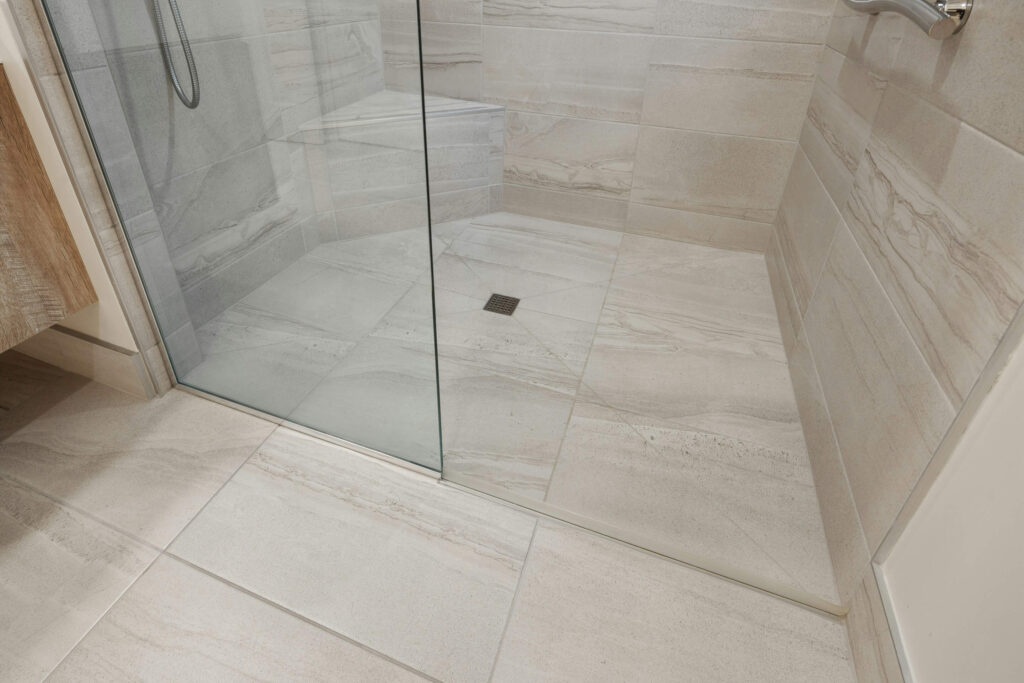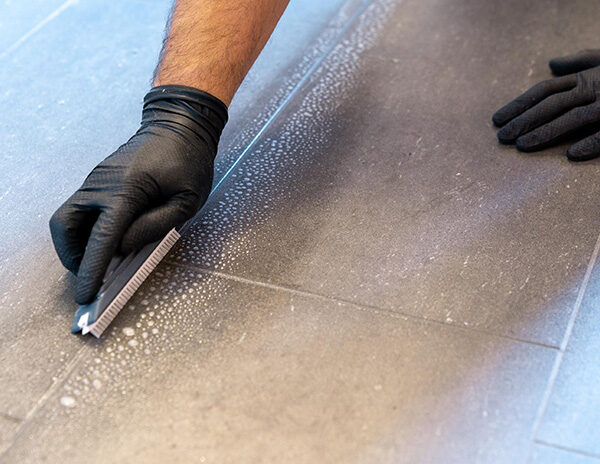How to Test If Your Grout Needs Sealing
Maintaining your grout is crucial to keeping your home looking clean and fresh. For homeowners in Torrance, San Pedro, and Manhattan Beach, regular grout sealing is essential to protect your tile surfaces from moisture, stains, and damage. In this guide, we’ll walk you through the key signs that your grout needs sealing and offer simple DIY tests to check its condition.
What Is Grout Sealing and Why Is It Important?
Grout sealing is the process of applying a protective layer over the grout to prevent water, dirt, and stains from penetrating its porous surface. Without proper sealing, grout can absorb moisture, leading to mold growth, discoloration, and even structural damage over time. For homes in coastal areas like Torrance, the added humidity makes grout sealing even more essential.
Benefits of sealing grout include:
- Protection from water damage
- Prevention of stains and discoloration
- Easier cleaning and maintenance
- Prolonging the life of your tile and grout
Key Signs That Your Grout Needs Sealing
If you’re unsure whether your grout needs sealing, here are a few clear indicators:
- Water Absorption: When water is applied to the grout, it should bead on the surface if it’s well-sealed. If the water absorbs quickly, it’s time to reseal.
- Darker Grout After Cleaning: Does your grout darken after mopping and take a while to dry? This indicates that the sealant has worn off. Read more about deep cleaning dirty grout here.
- Stains and Discoloration: If your grout is becoming stained or looks discolored—especially in high-traffic areas like kitchens and bathrooms—it’s a sign that it’s no longer sealed effectively.
- Cracking or Flaking: Damaged or crumbling grout means moisture has likely penetrated, and resealing won’t be enough. You may need professional repair first.
Grout Sealing Maintenance Matrix
| Test Method | When to Perform | Action Required |
|---|---|---|
| Water Absorption Test | Every 6-12 months | If water absorbs quickly, reseal the grout |
| Visual Inspection | Quarterly | Look for cracks, discoloration, or dull spots |
| Acid Reaction Test | Annually | If bubbling occurs, grout may need resealing or repair |
| General Wear and Tear | After heavy foot traffic or cleaning | Check for surface damage; reseal if necessary |
DIY Methods to Test if Your Grout Needs Sealing
Here are some easy methods to test your grout at home:
1. Water Absorption Test
This is one of the simplest ways to check if your grout needs sealing:
- Apply a few drops of water to various spots on the grout.
- Observe if the water beads up (indicating it’s sealed) or absorbs quickly (meaning it needs sealing).
2. Acid Reaction Test
The acid reaction test involves using a mild acid, such as vinegar, to see how the grout reacts:
- Apply a small drop of vinegar on the grout.
- If there’s bubbling or fizzing, the grout may have lost its protective seal. Be careful with natural stone, as this can damage it. Learn more about safe stone cleaning here.
3. Visual Inspection
A simple visual inspection can also reveal whether your grout needs sealing:
- Look for discoloration, cracking, or dull spots.
- Grout that appears chalky or is no longer uniform in color may need resealing. For tips on how to keep tiles clean without damage, check out this guide.
How Often Should You Seal Your Grout?
The frequency of grout sealing depends on the location in your home and local environmental factors. In humid areas like Torrance, San Pedro, and Manhattan Beach, sealing is typically needed more often, especially in bathrooms and kitchens.
General guidelines for resealing grout:
- High-traffic areas (kitchens, hallways): Every 6–12 months
- Bathrooms and showers: Every year
- Low-traffic areas: Every 2 years
DIY vs. Professional Sealing: Which Is Right for You?
While some homeowners may feel comfortable sealing grout themselves, there are times when calling in a professional is the best option. DIY sealing is great for small areas or newer grout, but for older, heavily stained grout, or large spaces like commercial areas, a professional will ensure long-lasting results.
When to choose DIY sealing:
- Small areas (bathrooms, kitchens)
- Recently installed grout
When to hire a professional:
- Large spaces or commercial properties
- Deeply stained or cracked grout
If you’re looking to book professional grout sealing services, you can schedule an appointment online here.
Maintenance Tips After Sealing
To extend the life of your grout after sealing:
- Use mild cleaners: Avoid harsh chemicals that can wear down the sealant.
- Regular cleaning: Gently clean sealed grout with eco-friendly solutions.
- Monitor for damage: Perform periodic checks using the water absorption test to ensure the seal is still intact.
Conclusion
Grout sealing is essential for maintaining clean and durable tile surfaces in your Torrance home. By performing simple DIY tests and paying attention to the signs of wear, you can easily determine when your grout needs sealing. Whether you handle it yourself or hire a professional, proper grout care will keep your home looking fresh and protected for years to come.


